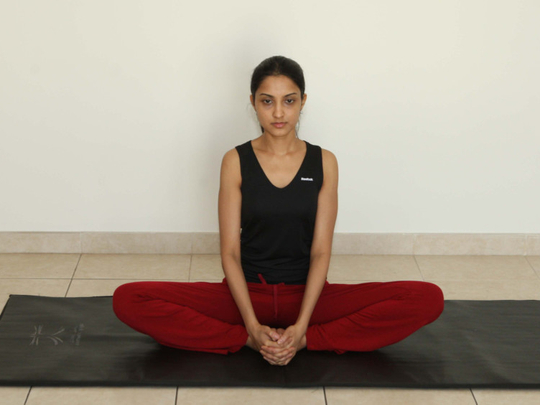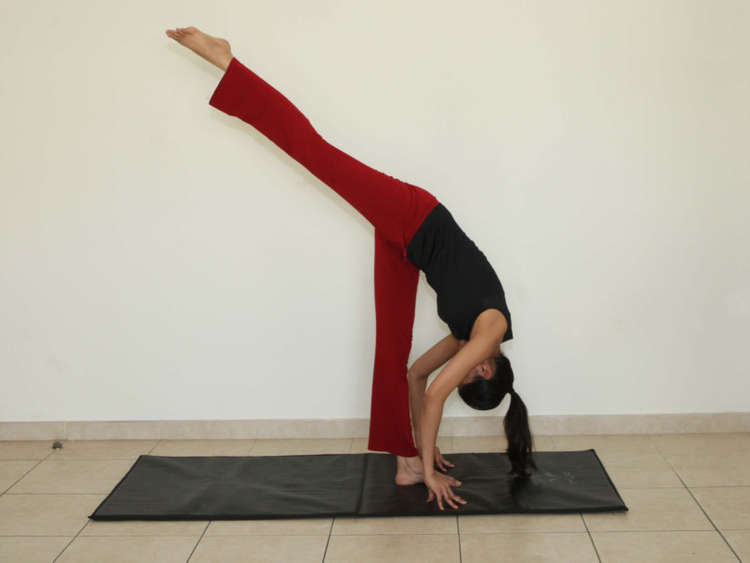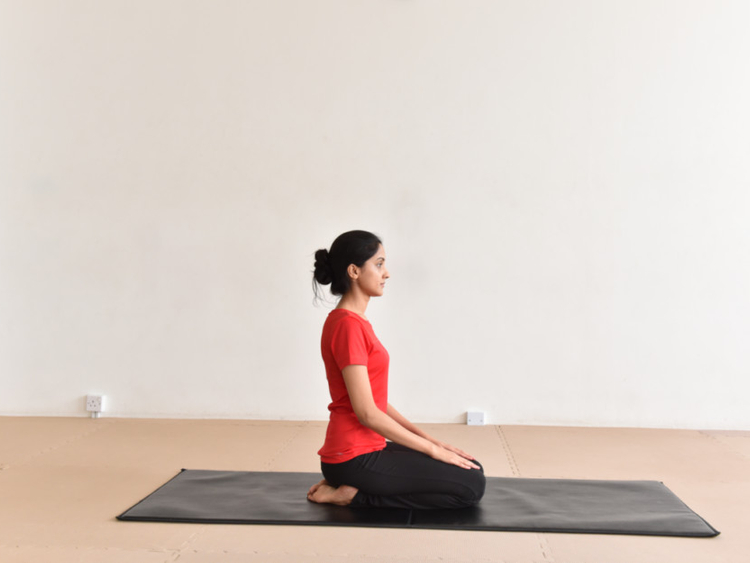
The next two aspects of knee care include spasm release and loosening. When an unfit person who leads a sedentary lifestyle takes up exercising, he may have to deal with spasms. The muscles can become hard due to various reasons – insufficient stretching, dehydration, muscle fatigue or poor circulation. A spasm can occur in the neck, back or even the legs and last for several hours. If the leg muscles remain in a spasm, they do not support the activity of the knee well.
Spasms in leg muscles
Commonly when one takes up walking or any form of exercise, spasm may be experienced in the thighs. Quadriceps as the name implies is a group of four muscles which includes the vastus medialis. This muscle starts from the head of femur and runs down the inner thigh connecting to the knee. It holds the knee cap in place.
Gluteus medius is located at the hip and supports the pelvic joint. It takes the maximum load while walking or running. If this muscle gets into a spasm the pelvic joint is not supported well and the entire load is shifted to iliotibial band. Iliotibial band connects the hip joint to the outer part of the knee. It essentially lies on the outer side of the thighs. When this band is under strain, it also affects the knee in a bad way.
Spasm release
There are several things you can do to help ease a spasm, such as massaging, stretching or warming the muscle.
To massage the vastus medialis or iliotibial band place the thumbs on the muscle moving alongside the length of the muscle while applying optimum pressure.
To warm the muscle, use a towel dipped in hot water and place on the muscle for a few minutes and repeat up to 15 minutes.
Stretching is the best way to prevent and relieve a spasm. Hence it must be included as part of all exercise regimes. Try to stretch for at least 15-20 minutes after walking. Yoga has the most effective postures for stretching the leg muscles.
Loosening
Flexibility in the quadriceps, hamstrings and calf muscles, hips and ankles contribute to healthy knees. Stiffness in one or more of these can throw the body out of alignment by disrupting the posture and put excess weight on the knees especially if one is already overweight. Hence maintaining flexibility with gentle movements and postures is of importance. Listed below are postures which can help prevent spasms after walking and keep the lower body flexible in order to keep the knees healthy.
Keep in mind
Practise the postures referred to in tabloid! on March 5 in addition to the ones listed here.
These tips and exercises are indicative of the benefits of yoga. This is not absolute therapy. Guidance of a medical professional is a must. Practise yoga with a teacher who can guide individually, based on weight, fitness levels and medical issues.
Practice of the week
Titliasana
Ashwasanchalanasana
Ek Padasana
Kapotasana
Vajrasana
Next Week: Yoga for knee care - Part 3
— This is an interactive series, in which we bring you practical tips on daily living, inspired by the vision of yoga. Write in to tabloid@gulfnews.com with your questions and doubts regarding enhancing your lifestyle through yoga. For more information, call 800-YOGA (9642) or log on to artisticyoga.com

















